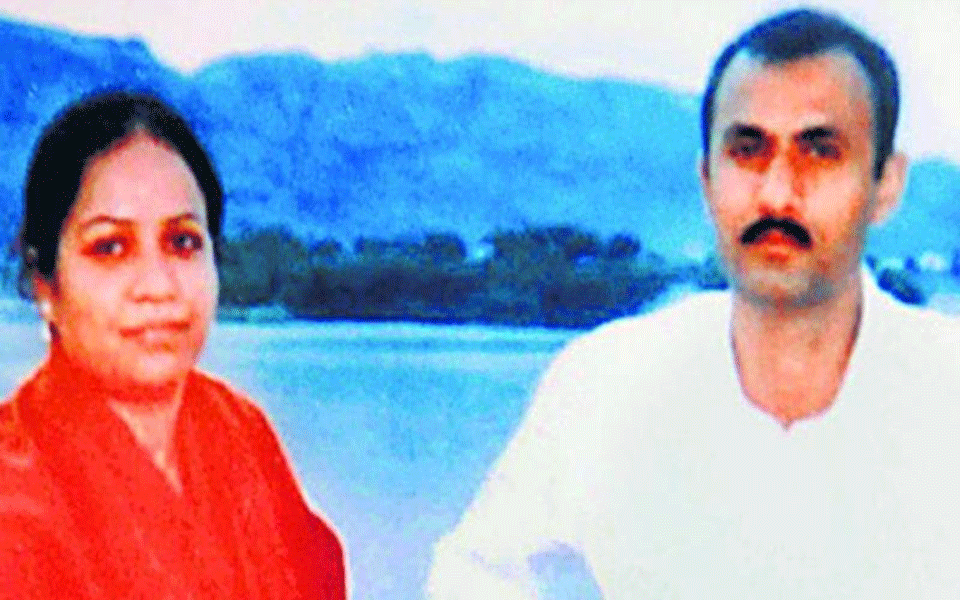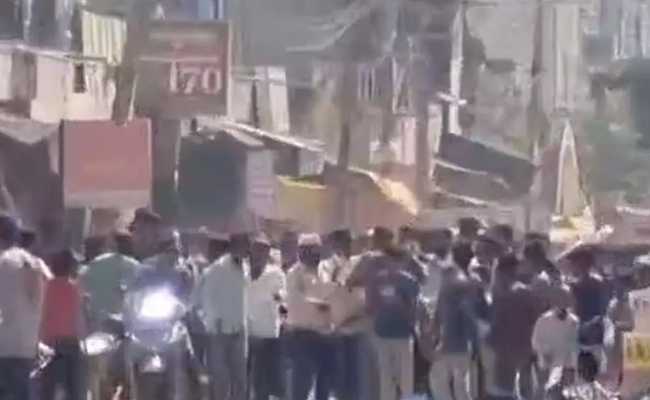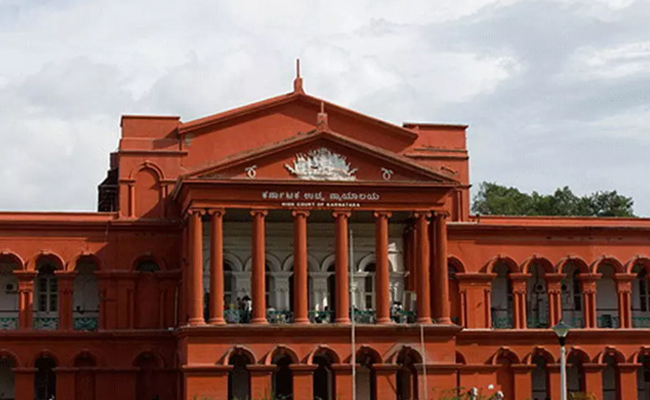New Delhi: For the last three years, the former investigating officer (IO) of the Sohrabuddin-Kauser Bi, Tulsiram Prajapati killing cases, is facing multiple criminal investigations at the hands of his own agency, the Central Bureau of Investigation (CBI).
Evidence has emerged suggesting that the CBI is possibly trying to frame its former IO by manufacturing false evidence against him.
According to a report published on thewire.in, the accused in Sohrabuddin-Kauserbi-Prajapati fake encounter case are free and investigating officer is on trial.
The officer in question is Sandeep Tamgadge, a 2001 batch IPS officer belonging to the Nagaland cadre. He was on deputation to CBI from October 2011 till October 2015. From 2011 to 2015, Tamgadge held multiple charges in the CBI, the most important of which was Superintendent of Police of the Special Crime Branch of CBI, Mumbai. Between November 2011 and April 2014, he investigated the two cases involving the killings of Sohrabuddin, his wife Kauser Bi and a key witness, Tulsiram Prajapati. It is CBI’s case that Kauser Bi was raped before she was killed and her body was burnt and disposed off.
Tamgadge also supervised the investigation of the killing of Ishrat Jahan and under his supervision the agency filed two chargesheets in this case arraigning a slew of senior Gujarat police officers, who were considered close to the then Gujarat chief minister Narendra Modi and then Minister of State for Home Amit Shah.
Tamgadge had twice interrogated Shah in connection with his alleged role in these multiple killings—once in January 2012 in connection with the Prajapati murder case and again in October 2013 to probe Shah’s alleged role in the Ishrat Jahan killing.
Besides interrogating the key accused, including Shah, and filing chargesheets against him and others, Tamgadge had submitted multiple status reports on the ongoing investigations before the Supreme Court of India. All the judges who were part of the bench supervising the investigations had never expressed any dissatisfaction with Tamgadge’s work.
Yet, the CBI withdrew Tamgadge from the investigation of the Gujarat killing cases in April 2014, just weeks ahead of the swearing in of the Narendra Modi government at the Centre. Six months after Tamgadge’s removal from the cases, on December 30, 2014, Amit Shah was discharged by a special CBI judge, M.B Gosavi. In July 2015, the security cover provided to Tamgadge was withdrawn. In October 2015, he was repatriated to his home cadre, Nagaland.
Since repatriating him to his home cadre, the CBI has launched two investigations against Tamgadge in connection with the two investigations that he had supervised while he was holding the charge of SP, ACB wing of CBI, Nagpur. In one such investigation credible pieces of evidence have emerged to suggest that the CBI is trying to implicate Tamgadge by creating false evidence.
According to thewire.in’s report, though the CBI could not find any evidence of wrongdoing by Tamgadge and has instead charged a junior officer with criminal misappropriation, the agency has still recommended major penalty against the IO of Gujarat encounter cases. The ground taken by the CBI is that he was negligent is his duty as a supervisory officer. Major penalty includes possible dismissal from the service. This recommendation is pending with the government of Nagaland.
Let the Truth be known. If you read VB and like VB, please be a VB Supporter and Help us deliver the Truth to one and all.
Kolkata (PTI): Air Force Group Captain Shubhanshu Shukla, the first Indian astronaut to go to the International Space Station, on Wednesday said the country is harbouring “big and bold dreams”, foraying into human spaceflight after a hiatus of 41 years.
Shukla was the first Indian to visit the International Space Station as part of the Axiom-4 mission. He returned to India from the US on August 17, 2025, after the 18-day mission.
The space is a “great place to be”, marked by deep peace and an “amazing view” that becomes more captivating with time, he said, interacting with schoolchildren at an event organised by the Indian Centre for Space Physics here.
“The longer you stay, the more you enjoy it,” Shukla said, adding on a lighter note that he “actually kind of did not want to come back”.
Shukla said the hands-on experience in space was very different from what he had learnt during training.
He said the future of India’s space science was “very bright”, with the country harbouring “very big and bold dreams”.
ALSO READ: Didn't answer any questions, completely defensive response': Rahul on Shah's speech in LS
Shukla described his ISS flight, undertaken with support from the US, as a crucial “stepping stone” towards realising India’s ‘Vision Gaganyaan’.
“The experience gained is a national asset. It is already being used by internal committees and design teams to ensure ongoing missions are on the right track,” he said.
Shukla said the country’s space ambitions include the Gaganyaan human spaceflight programme, the Bharatiya Station (India’s own space station), and eventually a human landing on the Moon.
While the Moon mission is targeted for 2040, he said these projects are already in the pipeline, and the field will evolve at a “very rapid pace” over the next 10-20 years.
He told the students that though these targets are challenging, they are “achievable by people like you”, urging them to take ownership of India’s aspirations.
The sector will generate “a lot of employment opportunities” as India expands its human spaceflight capabilities, he noted.
Echoing the iconic words of India’s first astronaut Rakesh Sharma, Shukla said that from orbit, “India is still the best in the world”.
Shukla also asserted that the achievement was not his alone, but that of the entire country.
“The youth of India are extremely talented. They must stay focused, remain curious and work hard. It is their responsibility to help build a developed India by 2047,” he said.
Highlighting a shift from Sharma’s era, Shukla said India is now developing a full-fledged astronaut ecosystem.
With Gaganyaan and future missions, children in India will be able to not only dream of becoming astronauts, but also achieving it within the country, he said.
“Space missions help a village kid believe he can go to space someday. When you send one person to space, you lift million hopes. That is why such programmes must continue... The sky is not the limit,” Shukla said.
“Scientists must prepare for systems that will last 20-30 years, while ensuring they can integrate technologies that will emerge a decade from now,” he said.
Shukla added that he looked forward to more space missions, and was keen to undertake a space walk, which will require him to "train for another two years".





